What’s in the Secure Act?
Financial advisor Cary Stamp addresses the four primary ways the recently passed Secure Act will affect individuals and families, most notably on Individual Retirement Accounts (IRAs) and 529 Education Plans.
TRANSCRIPT:
What’s in the Secure Act?
I’m Cary Stamp. This is a principled wealth moment. Welcome to the end of 2019 and I hope everyone has a fantastic holiday season. Something that you need to know about is the Secure Act, that just passed Congress essentially at the last minute in 2019.
The Secure Act is going to affect your family in a number of different ways. I’m going to talk today about the provisions that affect individuals. The primary one has to do with IRAs or the primary effects have to do with IRAs. The first change in the Secure Act over the current laws is that now there is no age limit on who can contribute to an IRA. You can be 95 years old and if you have earned income you can make a contribution to your IRA. That’s number one.
Number two, is that the Inherited IRA has changed dramatically. Now instead of allowing you to leave money to your children and other beneficiaries and have them take out distributions over the course of their life expectancy, which could be 30, 40 or 50 years, the rules have changed. And now an inherited IRA has to be pulled out of your account in 10 years. This is going to mean some major changes for estate plans for many of our clients because the assumption was that we could use what was called the stretch IRA to continue to be able to do this.
The third thing that happened was the RMD, Required Minimum Distribution age, that’s the age that you have to start taking money out of your IRA account, went up. It actually went from 70-1/2 to age 72. So now you don’t have to start taking money out of your IRA until you’re 72 years old.
Now the last thing that this act has that will probably impact a number of our clients is changes to the 529 plans. 529 plans are plans that you use to pay for your child’s education on a tax free basis. Now these plans will allow you to actually pull money out to repay student loans for yourself or for your children without paying tax on the money that you put in or the interest that you’ve earned. So that’s the deal!
I’m Cary Stamp, and this has been a Principled Wealth Moment.



